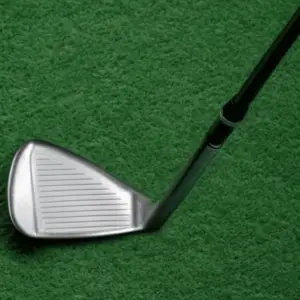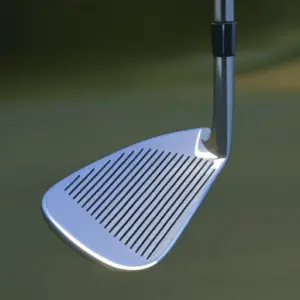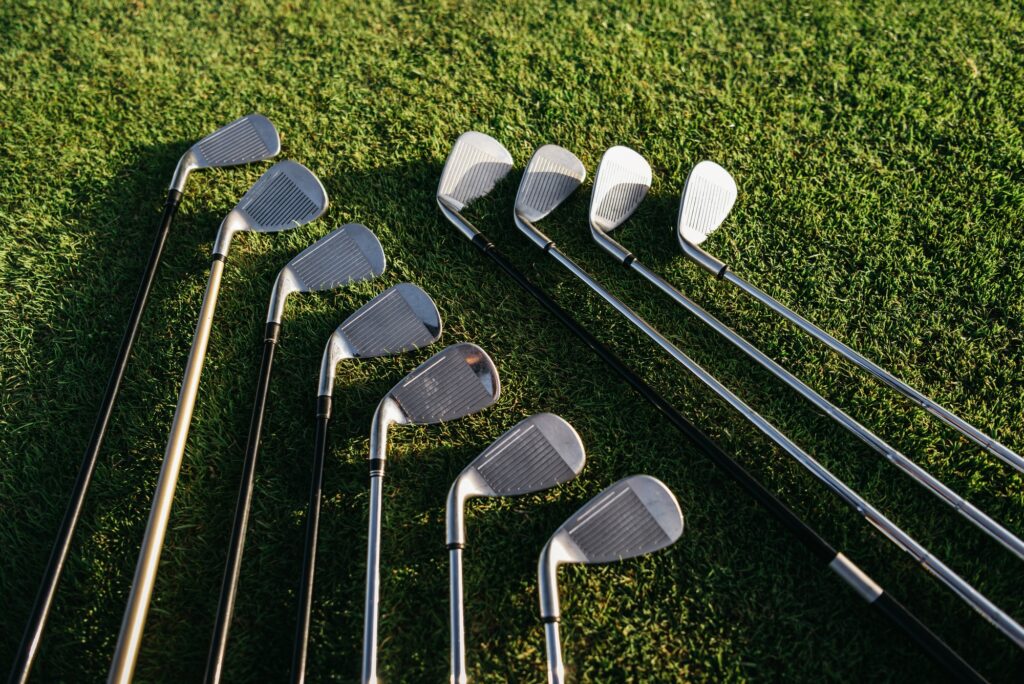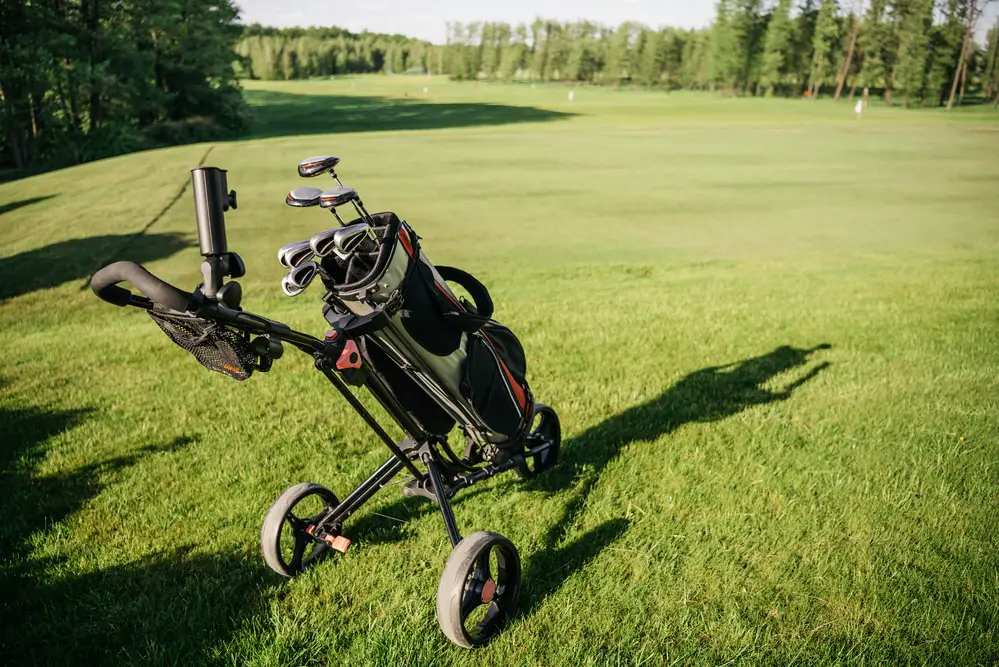Last Updated on May 31, 2023
Golfing necessitates the employment of multiple clubs, each with its own special purpose for aiding in playing a successful round. From drivers to wedges, each club has its own purpose and can help you play your best game on the course. Understanding how these different golf clubs work together can be key in taking your skills to the next level. In this blog post, we’ll explore all aspects of “what are the different golf clubs” so you know exactly what tool will get you out of any sticky situation on the fairway. Let’s start with understanding which type is right for every shot and then move on to mastering each one individually.
Table of Contents:
- Understanding the Different Types of Golf Clubs
- Drivers: The Longest Club in Your Bag
- Irons: Versatile Clubs for All Situations
- Wedges: Essential Tools for Short Game Mastery
- FAQs in Relation to What Are the Different Golf Clubs
- Conclusion
Understanding the Different Types of Golf Clubs
Golf is a sport that requires an understanding of the different types of clubs available. Drivers, irons, putters, wedges and hybrids are all essential for playing your best game. Comprehending the proper usage of each club can help optimize your game.
Golf clubs exist in a range of forms and sizes, each with its own distinct purpose. Knowing which type of club to use for different shots can make or break your game. Now that we understand the basics let’s take a look at drivers: the longest club in your bag.
Drivers: The Longest Club in Your Bag
Drivers are the longest clubs in your golf bag, and they’re designed to hit long shots off the tee. They have a large club head, which helps you get more distance from each shot. Drivers also have a low centre of gravity, meaning that the ball will launch higher into the air than with other clubs. This is great for getting more carry on your drives and avoiding obstacles like trees or water hazards.
When choosing a driver, it’s important to consider its loft angle – this determines how high or low you can hit your drive. The lower lofts are best for hitting longer distances, while higher lofts are better for controlling accuracy and spin rate. It’s also worth considering shaft flex when selecting a driver; stiffer shafts provide more power but less control, while flexible shafts offer greater control but less power.
The size of the clubhead is another factor to take into account when buying a driver; larger heads tend to be easier to hit but don’t give as much control over where the ball goes as smaller ones do. If you struggle with accuracy off the tee then opting for something with a smaller head might help improve your game.
Finally, drivers come in different materials such as titanium or graphite – both offer benefits depending on what kind of golfer you are: Titanium is heavier, so provides more stability, whereas graphite is lighter so it offers increased speed and distance potential – it’s all about finding out what works best for you.
Drivers are an essential club to have in your bag, and mastering the proper technique for hitting them can be a great way to improve your game. Irons provide more versatility when it comes to shot selection, so learning how they work is key if you want to become a better golfer.
Irons: Versatile Clubs for All Situations
Irons are the workhorses of any golfer’s bag. These versatile clubs can be used to hit a variety of shots from different distances and lies on the course. When it comes to mastering your game, understanding how each iron works is key.

Starting with the longest irons in your bag, 3-irons are great for long approaches into greens or tee shots when you need more control than a driver provides. 4-irons offer slightly less distance but provide greater accuracy off the tee and on approach shots. 5-irons are ideal for hitting straight mid-distance shots with good loft and spin, while 6-, 7-, 8-, 9-irons increase in the loft as they decrease in length – making them perfect for hitting higher trajectory shots around the green and onto elevated greens.
The short irons (8-, 9-) will help you get out of tricky spots such as bunkers or thick rough near the green where you need maximum backspin to hold onto soft surfaces like Bermuda grass or bentgrass putting surfaces. Meanwhile, pitching wedges (PW) offer even more precision when playing bump & run chips around tight pins tucked away at difficult angles on small greens.
When it comes to “swinging away” with an iron club, remember that a square face angle at impact will produce straight flight paths while open faces create draws/hooks and closed faces result in fades/slices, respectively – so make sure your grip is comfortable before taking aim. Additionally, using shorter swings with increasing tempo will generate higher ball flights which come in handy when trying to fly hazards such as water hazards or sand traps without going too far over them.
Irons are a versatile and essential tool for any golfer’s bag, offering control over trajectory and distance. With proper practice and technique, wedges can be used to master the short game with precision.
Wedges: Essential Tools for Short Game Mastery
For advanced golfers aiming to improve their short game, wedges are a must-have tool. They provide a variety of shots and trajectories, allowing you to get up and down more often from tricky lies around the green.

When it comes to wedges, there are four main types: pitching wedge (PW), gap wedge (GW), sand wedge (SW) and lob wedge (LW). Each one has its own unique purpose and is designed with specific lofts that will help you hit different shots.
The pitching wedge is usually your go-to club when you need a shot with plenty of backspin. It’s great for hitting approach shots close to the pin or getting out of tight spots in bunkers or roughs. The loft on most PWs ranges from 45° – 48°, giving you plenty of spin and control around the greens.
Gap wedges come in handy when you want more distance than what a PW can offer but don’t need as much spin as an SW would give you. Most GWs have lofts between 50° – 54°, making them ideal for those mid-range chip shots where accuracy is key but not too much backspin is needed.
Sand wedges are designed specifically for playing out of bunkers or deep roughs thanks to their wide sole design, which helps prevent digging into soft surfaces like sand or thick grasses. A typical SW has 56° – 58° loft so it gives enough height without sacrificing spin control – perfect if your ball finds itself stuck in a bunker.
Lob wedges are an invaluable tool when precision is paramount; they boast high lofts ranging from 60° – 64°, which enables the golfer to check the ball quickly on hard surfaces such as fairways or greens without fear of it overshooting due to excessive backspin generated by lower lofted clubs like PWs and GWs. If you’re facing a tricky pitch over water hazards or other impediments near the green, then this type of club could be just what your bag needs for a hole-in-one. Keywords: golf, lob wedge, pitching wedge, gap wedge, sand wedge, spin control
In conclusion, having all four types of wedges available in your bag will ensure that no matter how difficult the lie may be, there is always an option to help you get up and down more often – something every golfer should strive for. With practice and dedication, these clubs can become a trusted companions on the course, and who knows? Maybe even bring some birdies along too.
FAQs in Relation to What Are the Different Golf Clubs
What are the differences between golf clubs?

Golf clubs vary in design and purpose, depending on the type of shot they are intended for. The most common types include drivers, fairway woods, hybrids, irons, wedges and putters. Drivers have a large head size with a low loft angle to generate maximum distance off the tee; fairway woods have slightly smaller heads than drivers but still provide good power; hybrids combine characteristics of both wood and iron designs to offer greater versatility from various lies; irons feature shorter shafts with higher lofts that help control trajectory and spin rates when hitting approach shots into greens; wedges offer different bounce angles along with more lofted faces for precision around the green; finally putters are designed specifically for accuracy on short strokes around the putting surface.
What are the 4 main golf clubs?
The four main golf clubs are the driver, the fairway woods, the irons and the putter. The driver is used to hit long shots off of tees or from a flat lie on a fairway. Fairway woods are designed for medium-length shots with more accuracy than drivers. Irons have shorter shafts and flatter faces, which allow for greater control when hitting approach shots onto greens or out of bunkers. Putters are typically used for short range strokes close to the hole as they provide better feel and accuracy than other clubs. All four types of golf clubs can be essential in helping you score well on any given round of golf.
Why are there different types of golf clubs?
Golf clubs are designed to help players hit the ball in different ways. Woods are a common type of club for golfers, used to hit the ball over long distances and during drives. Irons are typically used for mid-range shots and approach shots, while wedges are used around the green for more control over short distance shots. Putters have a flat face that helps players roll the ball along the ground with greater accuracy on putting greens. Each type of club has its own unique design characteristics that allow it to perform better in certain situations than others, making them an important part of any golfer’s arsenal.
Conclusion
No matter what your skill level, having a good understanding of the different golf clubs is essential to success on the course. With a thorough understanding about “what are the different golf clubs” and how to use them effectively, even experienced players can take their game to the next level. With practice and dedication, mastering all aspects of golf, including knowing when to use which club, will ensure that you play better than ever before.



